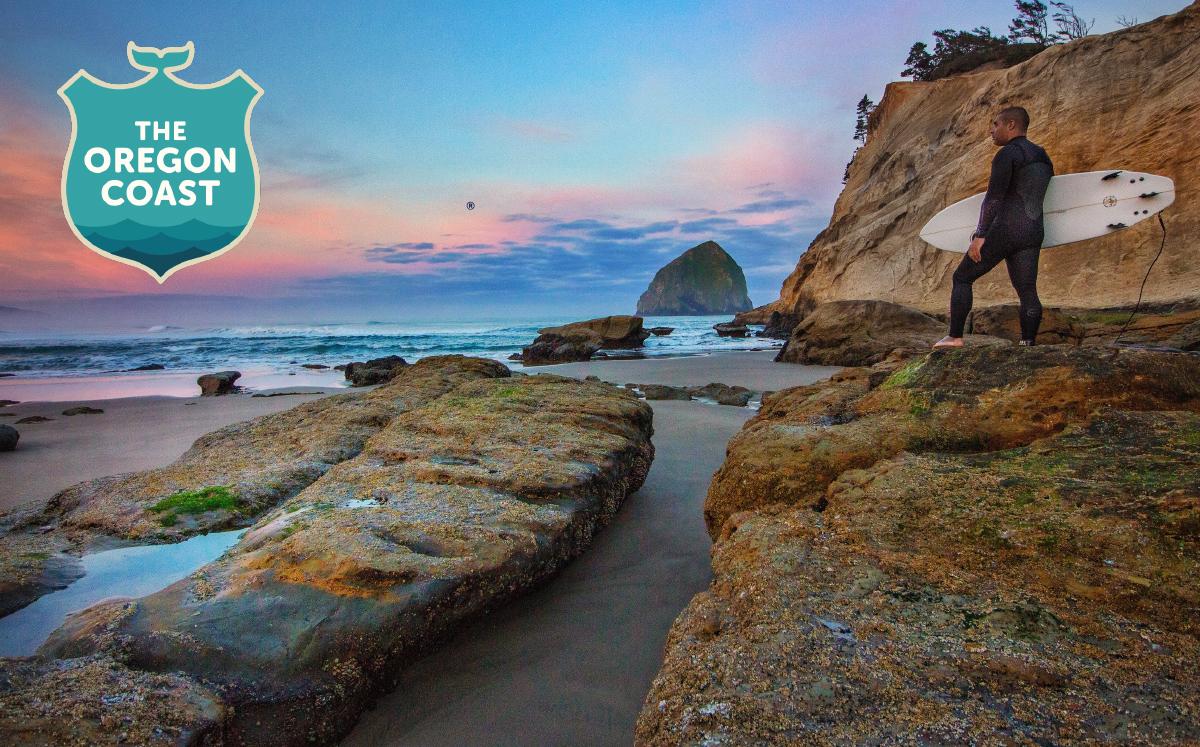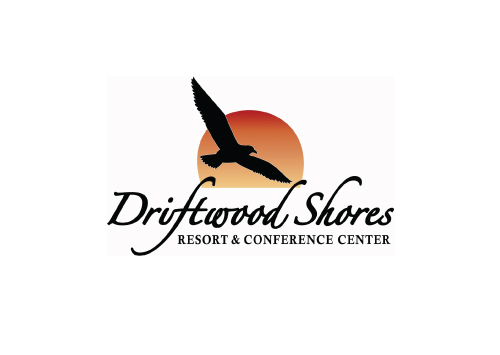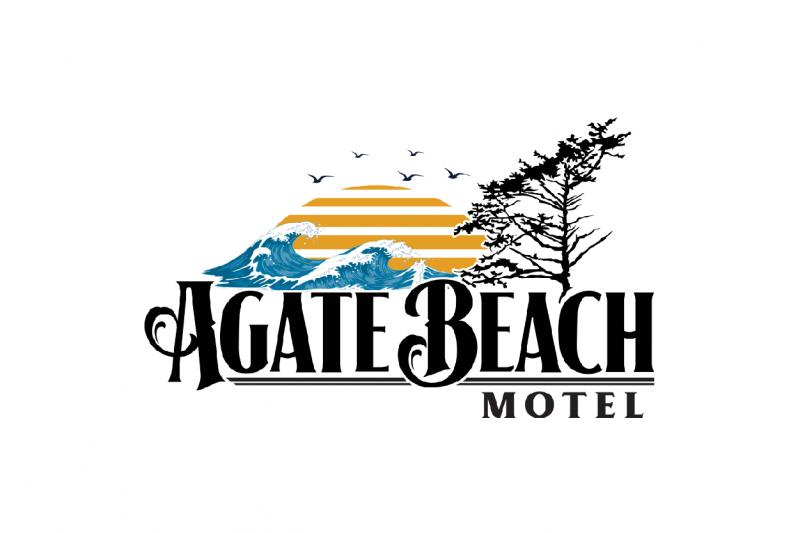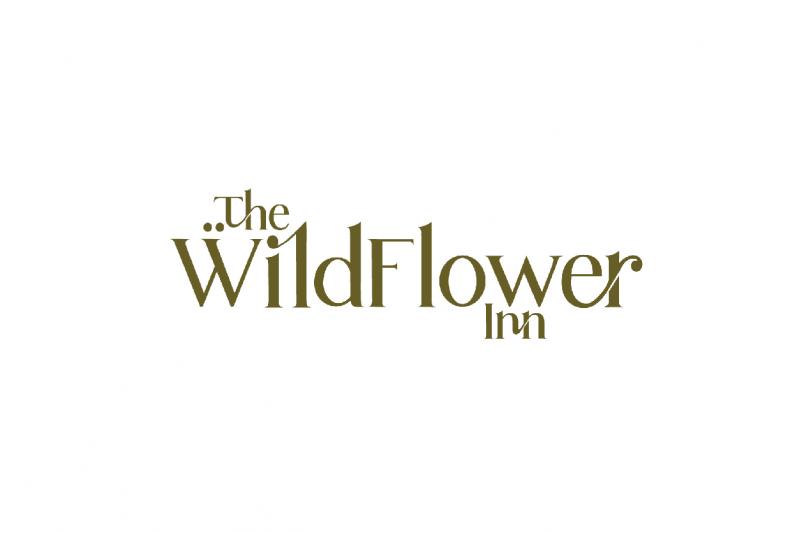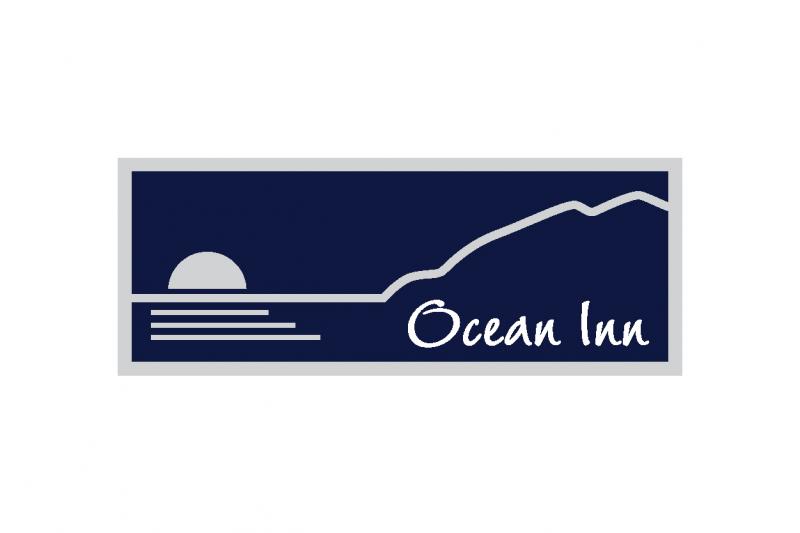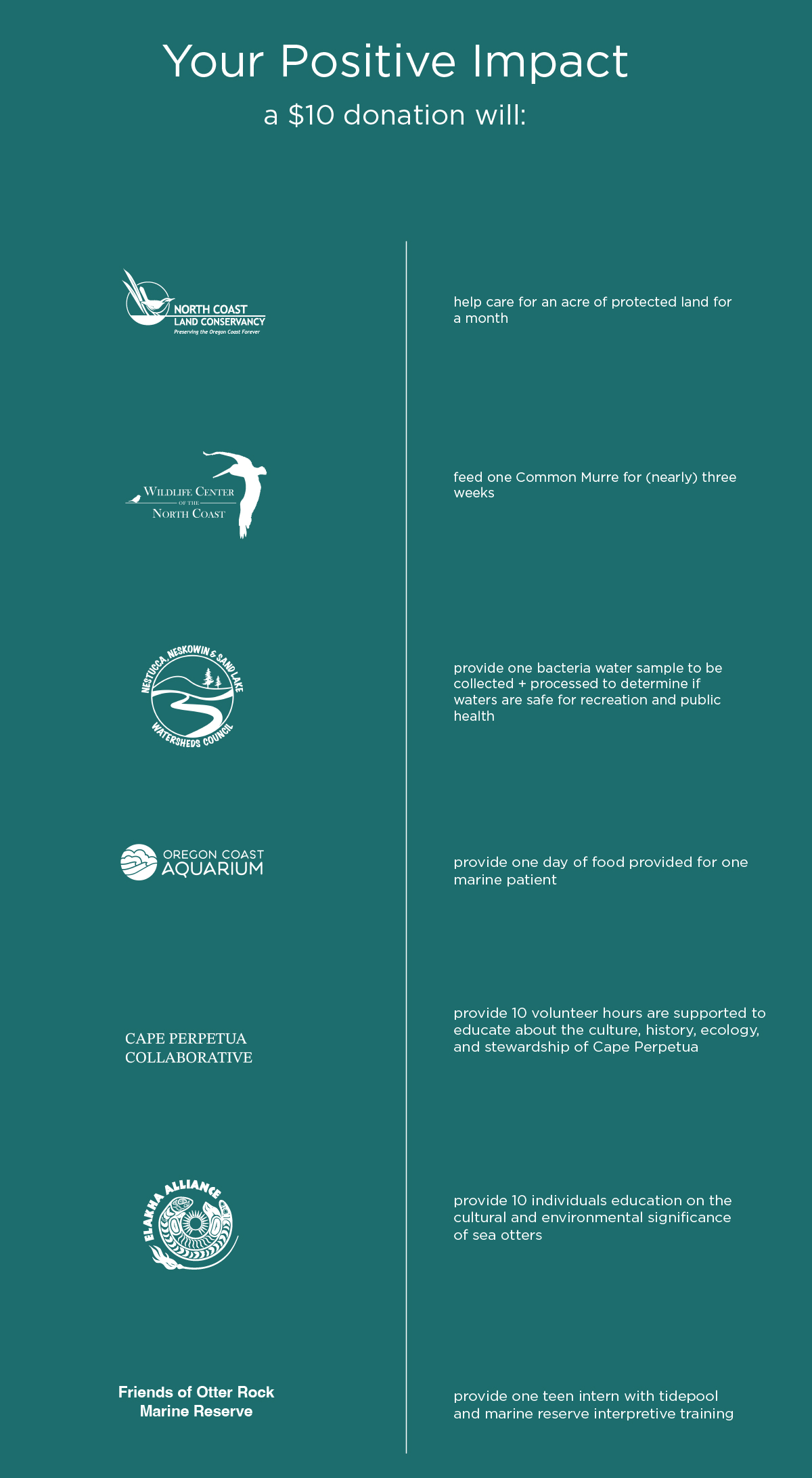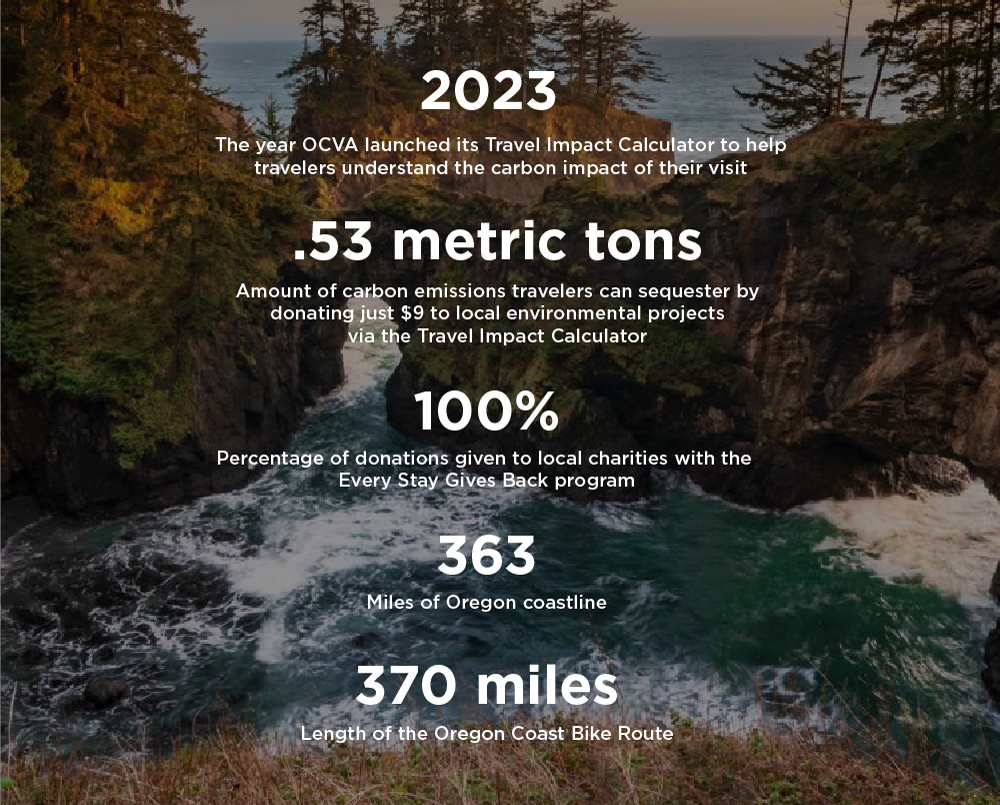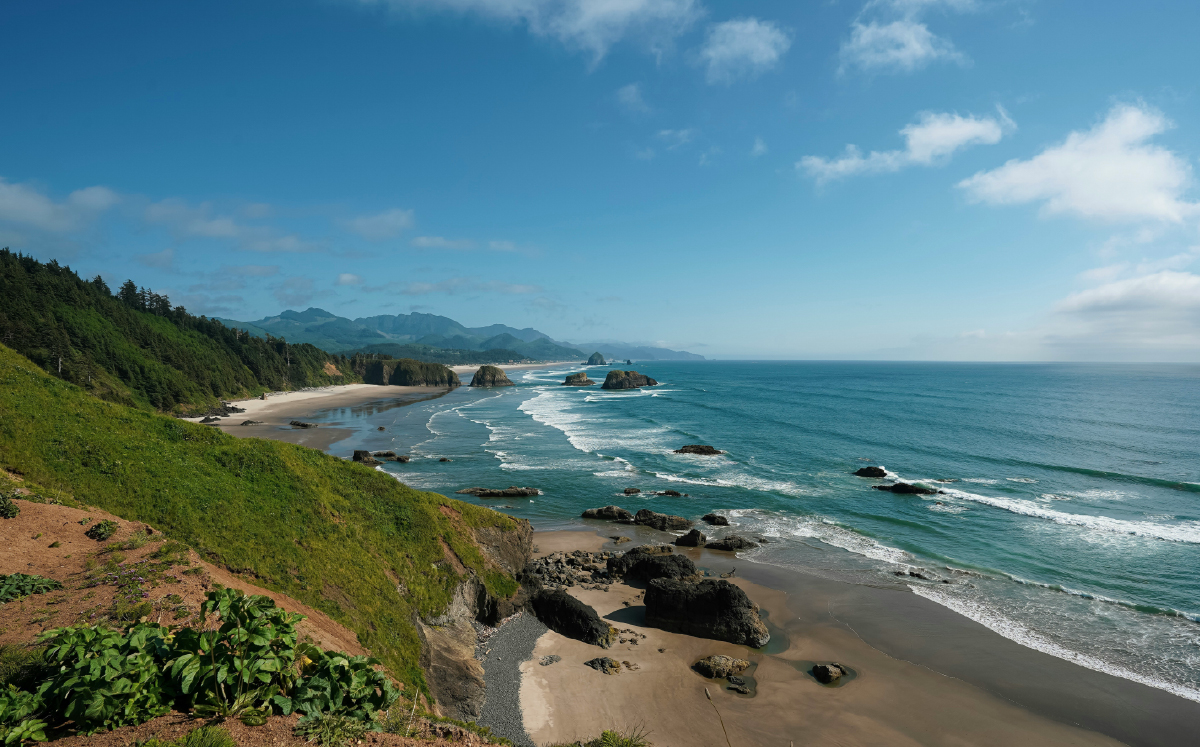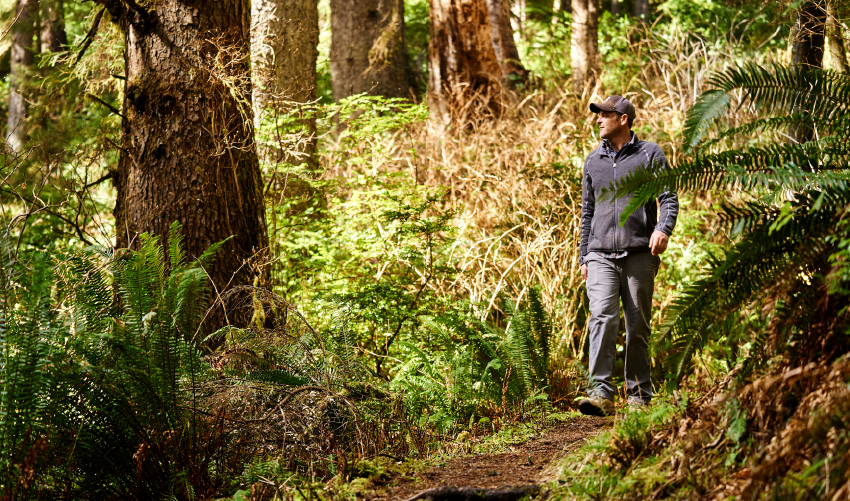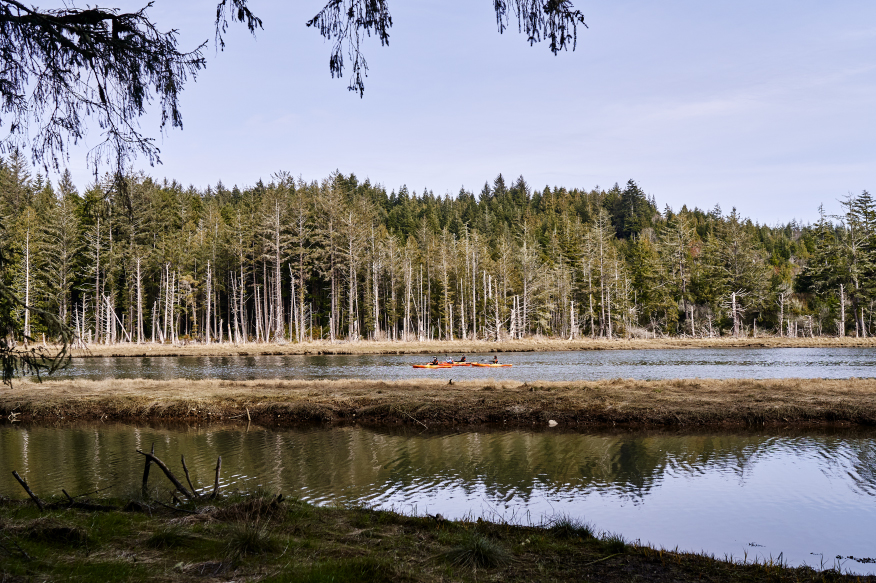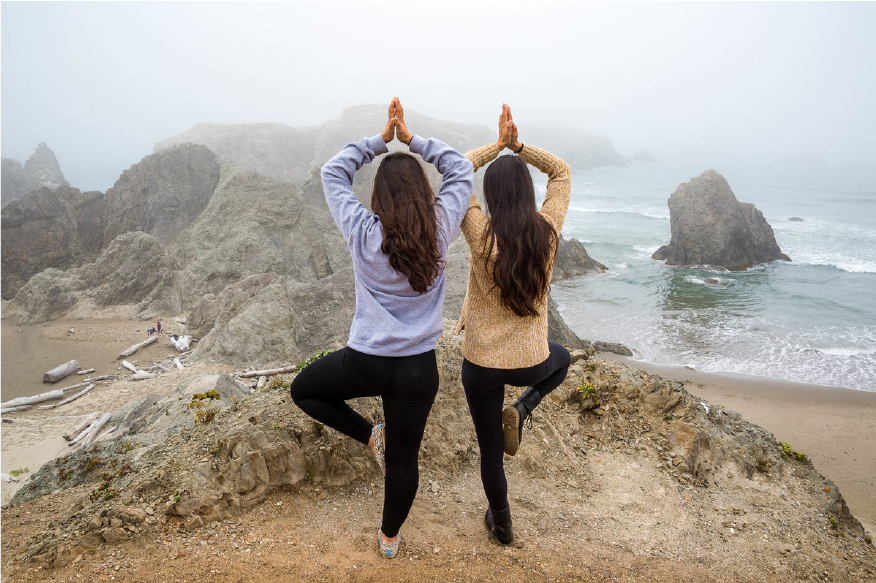Kind Traveler is proud to partner with the Oregon Coast Visitors Association (OCVA) and participating hotel and charity partners to advance responsible tourism efforts along the Oregon Coast through Kind Traveler’s Every Stay Gives Back program. Through our partnership, a portion of every guest stay with participating hotel partners funds the mission of local charity beneficiaries, positively impacting the well-being of the Oregon Coast in creating a sustainable future.
Oregon Coast Visitors Association
Member Since July 2024
total funds raised
donated to charities
hours of nutritional care provided for rehabilitating Common Murres (a native Oregon wild bird species) through Wildlife Center of the North Coast
days of food provided for one marine patient with Oregon Coast Aquarium
acres of protected land were cared for over a one month period with North Coast Land Conservancy
individuals who have received education on the cultural and environmental significance of sea otters through the Elakha Alliance Oregon
volunteer hours supported to educate about the culture, history, ecology, and stewardship of Cape Perpetua
tidepool educational engagements between interns and visitors have been provided on behalf of Friends of Otter Rock
Local Impact Partners
Kind Factors
Discover the Oregon Coast
Affectionately known as The People’s Coast, the 363-mile Oregon Coast offers a variety of unique and unforgettable experiences. Made up of three distinct regions - the South Coast, Central Coast, and North Coast - Oregon’s Coast is a richly diverse destination offering something for every type of Kind Traveler.
The South Coast, an off-the-beaten-path area encompassing Reedsport to Brookings-Harbor, is known for its coastal forest trails, secluded beaches, and the Port of Coos Bay. You'll find charming coastal beach communities and lighthouses along the Central Coast, which extends from Lincoln City to Florence. At the same time, the North Coast, from Astoria to Neskowin, is punctuated by historic towns and various eclectic communities. This region is also where the mighty Columbia River encounters the Pacific Ocean.
A place largely defined by its relationship to nature and abundance of rich natural resources, the Oregon Coast offers adventure and plenty of opportunities to unplug and recharge. And no matter what activity or region you choose, you’ll find a devotion to environmental stewardship, social responsibility, and animal welfare.
Local Impact Partners
North Coast Land Conservancy - North Coast
A nationally accredited non-profit land trust, the North Coast Land Conservancy works to safeguard Oregon’s coastal lands and its seascapes. The organization was established in 1986 and has partnered with community organizations and individuals to acquire and preserve land for the long term. The organization’s vision is “a fully functioning coastal landscape where healthy communities of people, plants, and wildlife all thrive.”
Wildlife Center of the North Coast - North Coast
The Wildlife Center of the North Coast is a wildlife rehabilitation and conservation education center. Located in Astoria, Oregon, the center serves the state’s north coast and is the only wildlife care hospital in the region. The center's most critical work includes rescuing and rehabilitating “injured, sick, orphaned and displaced native wildlife to release healthy, strong creatures back into their appropriate habitat.” Wildlife Center of the North Coast also offers a variety of wildlife conservation education programs and tours of the Center. Educational programs include summer camps and ambassador animal programs.
Nestucca, Neskowin, and San Lake Watersheds Council - North Coast
The Council’s mission is to work with key stakeholders, such as private and governmental organizations, to improve the health of the region’s watersheds. Its efforts are designed to benefit individuals who live and work within the watershed’s boundaries and to protect the fish and wildlife that depend on it. Some of its restoration priorities include riparian restoration, habitat complexity projects, and fish passage improvement projects. The Council also periodically sponsors watershed clean-up days.

